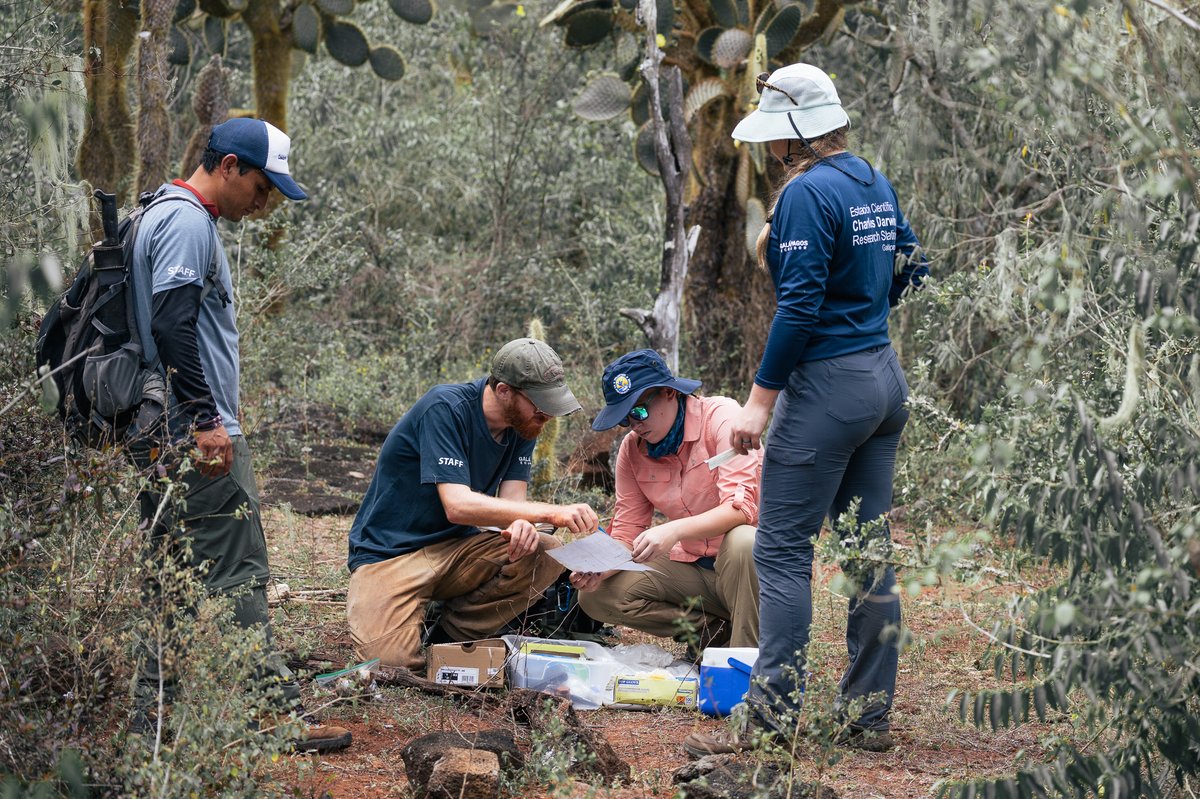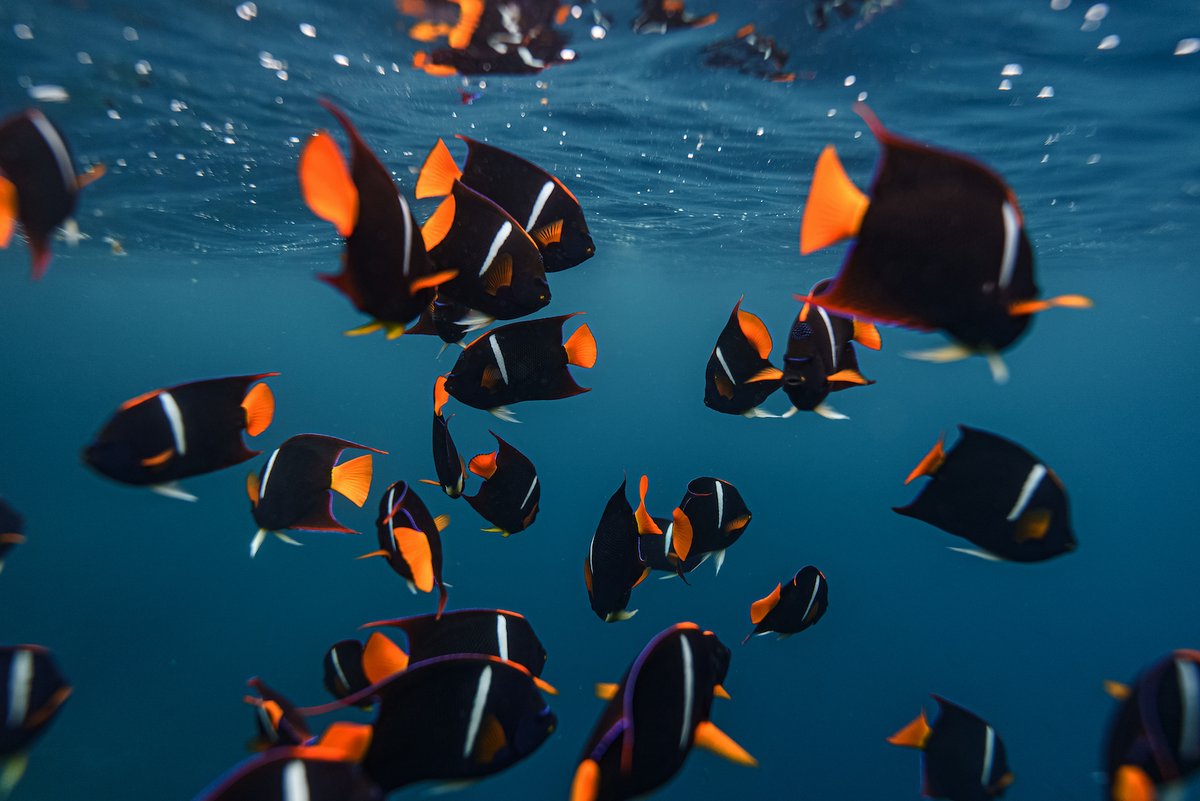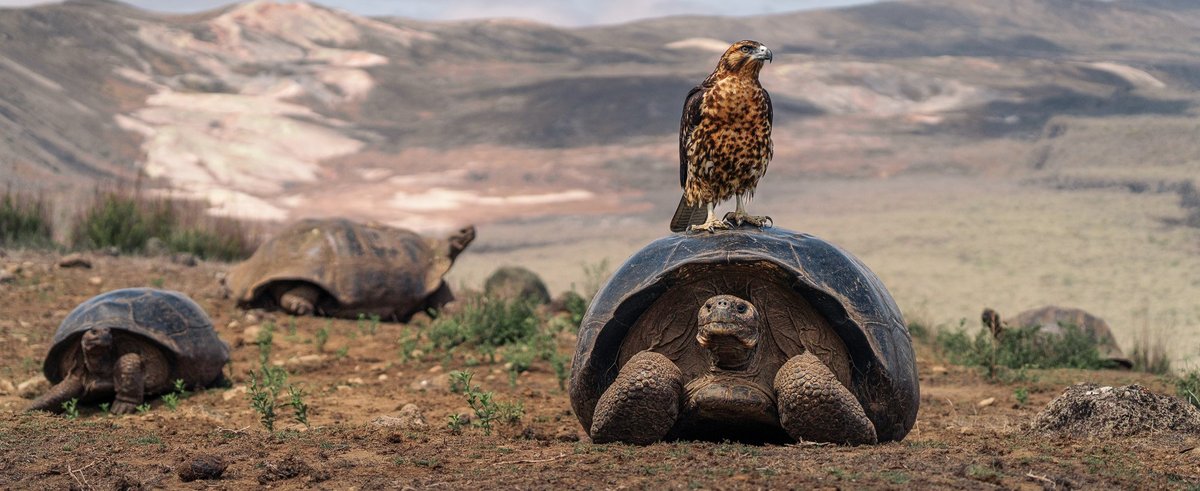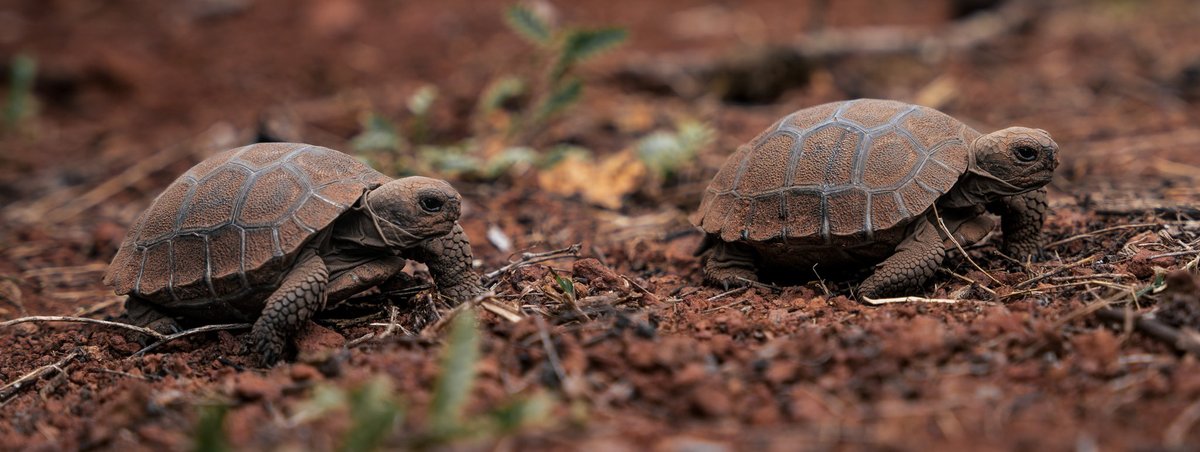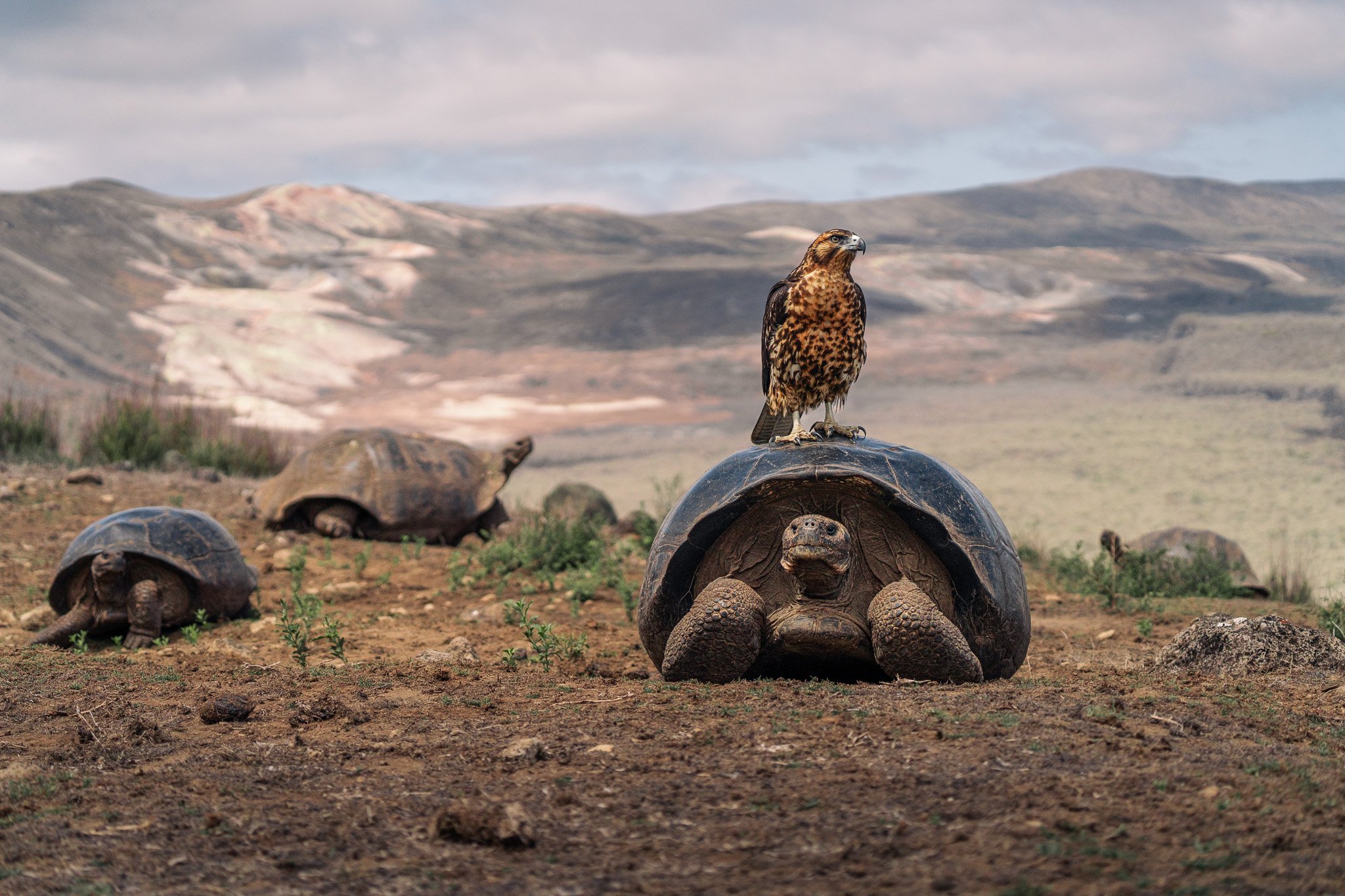Study Suggests Potential New Darwin’s Finch
Study Suggests Potential New Darwin’s Finch Species for Galapagos
Puerto Ayora, Galapagos, January 30, 2025 — The woodpecker finch of San Cristobal has been identified as a potential new species (Camarhynchus striatipecta), according to groundbreaking research just published in the Zoological Journal of the Linnean Society. Previously considered one of three subspecies of the woodpecker finch (Camarhynchus pallidus), this population is now identified as a genetically distinct lineage. These findings mark a significant revision to the taxonomy of Darwin’s tree finches and scientists propose C. striatipecta as a newly recognized species.
“Darwin’s finches are a powerful example of rapid evolution, diversifying into approximately 18 species in less than 1 million years,” notes Birgit Fessl, Principal Investigator of the Charles Darwin Foundation’s Landbird Conservation team and co-author of the study. “They adapted to diverse ecological niches across the Galapagos, developing unique body sizes and specialized beak shapes. The San Cristobal woodpecker finch, with its uniquely robust beak, follows the same evolutionary path. This study supports the proposition that the San Cristobal woodpecker finch is genetically distinct and should be recognized as a separate species, showcasing once again the power of isolation and environmental pressures in shaping biodiversity.”
The researchers used advanced genomic techniques, enabling them to analyze the genetic material of finches with unprecedented precision. The sequencing methods employed revealed significant genetic differences, setting the population in San Cristobal apart from its relatives. By integrating genomic data with morphological analyses, the study highlights the finch’s distinct evolutionary path, solidifying its classification as a separate species.
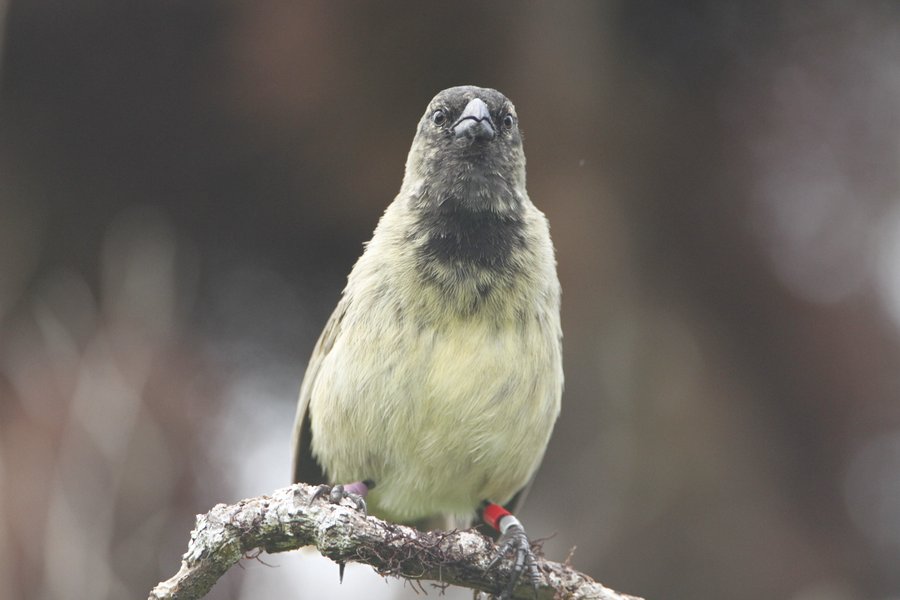
Implications for Conservation Strategies
The discovery of C. striatipecta as a distinct species emphasizes the need for more precise and continued biodiversity assessments in the Galapagos Islands. Accurate species identification is essential for developing targeted conservation strategies. For C. striatipecta, safeguarding its habitat in the San Cristobal highlands is critical, as this area faces increasing threats from invasive species, habitat degradation, and climate change.
“This research is not just about taxonomy—it’s about ensuring the survival of unique species that play essential roles in their ecosystems,” adds Birgit Fessl. “By understanding the evolutionary pathways of Galapagos species, we can better protect them from the pressures they face today.”

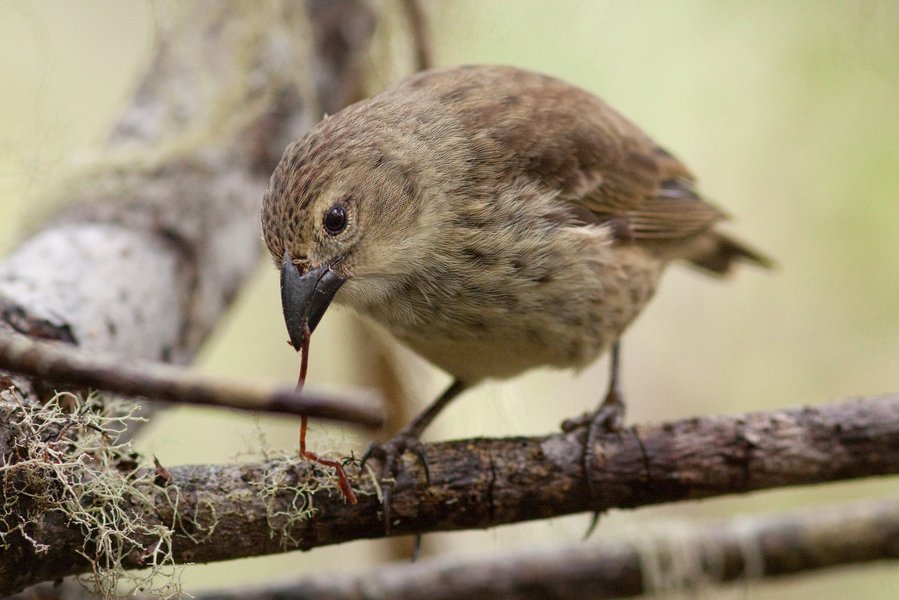
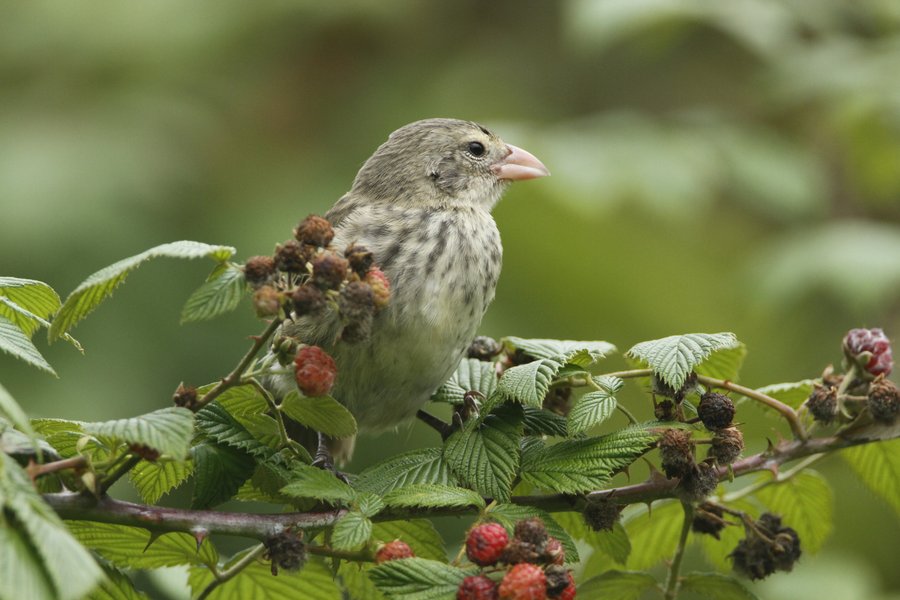
Opening New Frontiers for Finch Research
The study also opens the door for re-evaluating other Darwin finches and studying those that have been overlooked in scientific studies. “ Galápagos is a place of constant evolution, with species yet to be discovered, which is why it is known as a living laboratory. This finding, based on cutting-edge genomic and morphological analyses, demonstrates how advanced scientific tools can uncover unique lineages or unknown species, essential for the dynamism and functioning of ecosystems.” emphasizes Arturo Izurieta, Director of the Galápagos National Park.
“This research reminds us that the biodiversity of the Galapagos still holds many secrets and why such scientific research is vital to inform effective conservation and management strategies,” said Maria Jose Barragan, Science Director at the Charles Darwin Foundation. “By advancing our understanding of these finches through genomic studies, we can preserve not only individual species but also the evolutionary processes that created them.”
This study was led by the CDF’s visiting scientists Lucinda P. Lawson (University of Cincinnati, US) and Erwin Nemeth (BirdLife, Austria), in collaboration with Michael Dvorak (BirdLife, Austria), Francesca Cunninghame, Birgit Fessl and Denis Mosquera (Charles Darwin Foundation, Ecuador), Jakob C. Mueller (Max Planck Institute for Biological Intelligence, Germany), Beate Wendelin (Office for Landscape Ecology, Austria), and Kenneth Petren (University of Cincinnati, US).
To read the full study in the journal Zoological Journal of the Linnean Society, please visit: https://academic.oup.com/zoolinnean/article/202/4/zlae163/7925712
For media enquiries, please contact:
Ambre Tanty-Lamothe or Leslie León
comunicacion@fcdarwin.org.ec
About the Charles Darwin Foundation
The Charles Darwin Foundation for the Galapagos Islands (CDF) is an international nonprofit organization present in Galapagos since 1959, operating under a special agreement with the Government of Ecuador. Its mission, and that of its Research Station, is to address the greatest threats and challenges facing Galapagos through scientific research and conservation actions, with the goal of protecting one of the world’s most important natural treasures. Currently, CDF carries out more than 25 research and conservation projects and is the custodian of more than 135,000 specimens within its Natural History Collections. Our diverse team of more than 140 people is predominantly composed of Ecuadorian citizens, with over 60% hailing from the Galapagos Islands. For more information, visit: www.darwinfoundation.org
